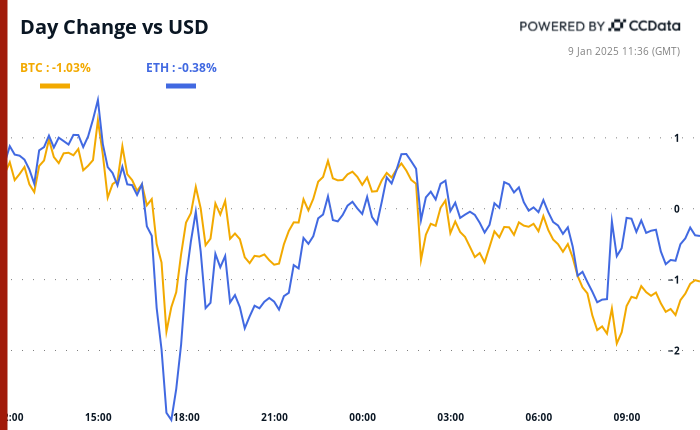
Drones, once a futuristic concept, are now becoming an integral part of modern delivery services. These small, unmanned flying machines are transforming how goods are transported, offering faster, more efficient, and eco-friendly alternatives to traditional delivery methods.
Companies worldwide are investing in drone technology to make deliveries quicker and more accessible, and recent innovations are making this vision a reality.
One of the main advantages of drones is speed. Unlike delivery trucks, drones can bypass traffic by flying directly to their destinations, significantly reducing delivery times.
For instance, companies like Amazon and Walmart have been testing drone delivery systems capable of transporting packages within 30 minutes of an order being placed.
Early trials have shown that drones are particularly effective in delivering small, lightweight items such as medicines, groceries, or electronics.
Another major benefit is accessibility. Drones can reach remote or hard-to-access areas where traditional delivery vehicles might struggle. This is especially valuable in rural regions or during emergencies.
In one notable example, drones have been used in Rwanda to deliver medical supplies, such as blood and vaccines, to remote clinics. These deliveries, which used to take hours by road, can now be completed in minutes, potentially saving lives.
The technology behind delivery drones is evolving rapidly. Modern drones are equipped with advanced navigation systems, including GPS, cameras, and sensors, allowing them to fly autonomously while avoiding obstacles like trees, buildings, and power lines.
Some drones also use artificial intelligence (AI) to adapt to changing weather conditions or identify safe landing spots. These advancements make drone deliveries safer and more reliable.
Battery life has been a key challenge for drones, as it limits how far they can travel on a single charge. However, researchers are addressing this issue with innovations in battery technology and energy-efficient designs.
For example, some drones are now powered by lightweight lithium-silicon batteries, which offer more energy storage than traditional lithium-ion batteries. Others use hybrid systems that combine electric power with small fuel engines to extend their range.
The environmental benefits of drones are also noteworthy. Since drones are electric-powered, they produce zero emissions during operation, making them a cleaner alternative to gas-powered delivery trucks.
A study conducted by Carnegie Mellon University found that small drones use less energy per package than traditional delivery vehicles, particularly for short distances. This positions drones as a sustainable solution for the growing demand for same-day or on-demand deliveries.
While the potential of drones is enormous, there are still hurdles to overcome. Regulations are a major factor, as many countries have strict rules about where and how drones can fly.
Safety is also a concern, particularly in crowded urban areas where drones must navigate dense airspace and avoid accidents.
Companies are working closely with governments to address these challenges, and some regions have started to approve limited drone delivery trials.
Despite these obstacles, the progress in drone technology is undeniable. Companies like Zipline, Wing (a subsidiary of Alphabet), and DHL are already operating drone delivery services in certain areas, demonstrating the feasibility of this approach.
In the future, drones could play a key role in last-mile delivery, where they handle the final leg of the journey from a local distribution center to the customer’s doorstep.
Drones are not just a high-tech novelty; they represent a practical and innovative solution to many challenges in the delivery industry. From faster service to reduced environmental impact, these flying robots are shaping the future of logistics.
As the technology continues to improve and regulations evolve, drone delivery services could soon become a common sight in neighborhoods around the world, bringing convenience and efficiency to consumers like never before.
Copyright © 2025 Knowridge Science Report. All rights reserved.









Leave a Comment